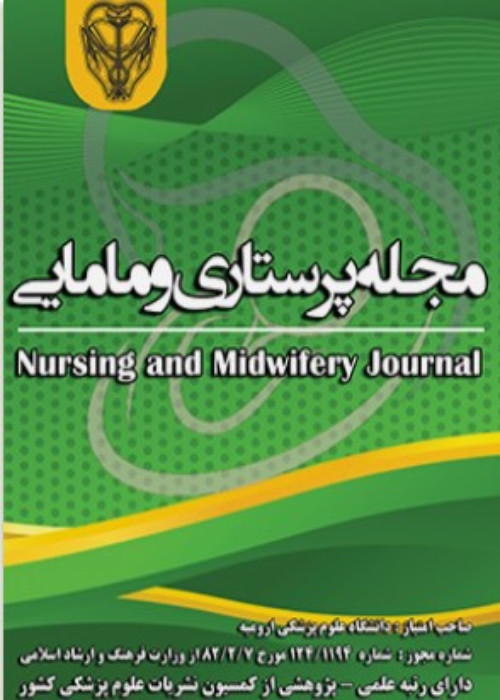ROLE OF MODELS, APPROACHES AND LEARNING THEORIES IN THE DESIGN AND PRODUCTION OF EDUCATIONAL SOFTWARE BASED ON VIRTUAL REALITY TECHNIQUES AND SIMULATION IN NURSING EDUCATION: A SYSTEMATIC REVIEW
Author(s):
Abstract:
Background and Aims
In the age of information and knowledge, the necessity of using virtual reality techniques for teaching nursing knowledge and skills, considering the sensitive tasks of nurses, is not hidden from anyone. Simulation-based educational software with high realism and quality are notable strategies to limit the risks of nursing education based on traditional method that can improve patient safety and reduce medical errors. The present study aimed at analyzing the role of models, approaches and learning theories in the design and production of educational software based on virtual reality techniques and simulation in nursing.Materials and Methods
For the purpose of the present systematic review, all articles which were published from 2000 to 2015, which were related to educational software based on virtual reality in nursing both in English and Farsi were analyzed. To search for the study, databases such as SID, CINAHL, PubMed, Web of Science, EBSCO Host, Irandoc, Iranmedex, Google Scholar and relevant journals were used by using key words including education, nursing, theories of learning, software, simulation-based, computer-based, virtual reality techniques, models and their combinations. Several steps were taken for selecting and analyzing the full text of these studies. And, the articles which qualitatively met the inclusion criteria were assessed by using the relevant checklists.Results
Of the 850 articles that were related to the use of educational software based on virtual reality techniques and simulation in nursing, 12 articles which were directly related to the purpose of the study were chosen for further analysis. Of the 12 articles, four articles considered learning as a cognitive phenomenon. Five articles had used Jefferies simulation model and principles of learning theories.Conclusion
The study concludes that the educational centers for training skilled nurses need the educational software based on virtual reality techniques as an educational tool, it seems necessary to direct the purposes of simulators toward learning based on professional competence paradigm with the use of simulation models and learning theories.Keywords:
Virtual Reality Techniques , Computer , Based , education , model , nursing , software , simulation , based , theories of learning
Language:
Persian
Published:
Journal of Urmia Nursing And Midwifery, Volume:14 Issue: 4, 2016
Pages:
300 to 312
magiran.com/p1560128
دانلود و مطالعه متن این مقاله با یکی از روشهای زیر امکان پذیر است:
اشتراک شخصی
با عضویت و پرداخت آنلاین حق اشتراک یکساله به مبلغ 1,390,000ريال میتوانید 70 عنوان مطلب دانلود کنید!
اشتراک سازمانی
به کتابخانه دانشگاه یا محل کار خود پیشنهاد کنید تا اشتراک سازمانی این پایگاه را برای دسترسی نامحدود همه کاربران به متن مطالب تهیه نمایند!
توجه!
- حق عضویت دریافتی صرف حمایت از نشریات عضو و نگهداری، تکمیل و توسعه مگیران میشود.
- پرداخت حق اشتراک و دانلود مقالات اجازه بازنشر آن در سایر رسانههای چاپی و دیجیتال را به کاربر نمیدهد.
In order to view content subscription is required
Personal subscription
Subscribe magiran.com for 70 € euros via PayPal and download 70 articles during a year.
Organization subscription
Please contact us to subscribe your university or library for unlimited access!



